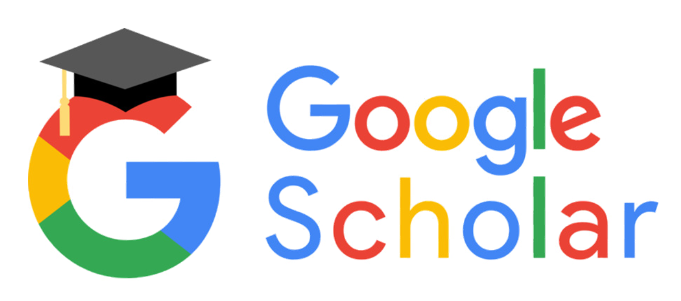PENINGKATAN PEMAHAMAN KONSEP SISWA MENGGUNAKAN MODEL ECIRR BERBANTUAN PhET SIMULATION PADA TEORI KINETIK GAS
Abstract
Penelitian ini bertujuan untuk menganalisis pemahaman konsep siswa setelah diterapkan model pembelajaran ECIRR (elicit-confront-identify-resolve-reinforce) dengan media simulasi virtual. Rancangan penelitian menggunakan pre-experimental design dengan bentuk ”One Group Pretest-Posttest Design” diterapkan pada siswa kelas XI MIA-5 SMAN 1 Driyorejo pada semester II tahun ajaran 2015/2016 sebanyak 36 siswa. Identifikasi pemahaman konsep menggunakan instrumen soal three-tier diagnostic test menunjukkan bahwa rata-rata pemahaman konsep siswa meningkat dengan rata-rata n-gain sebesar 0,7 (tinggi). Peningkatan pemahaman konsep siswa pada sub materi hukum tentang gas sebesar 61%, pada sub materi persamaan keadaan gas sebesar 51%, dan pada sub materi teori kinetik gas sebesar 62%.
Kata Kunci: Pemahaman Konsep, ECIRR, Media Simulasi Virtual, Three-tier Diagnostic Test.
Abstract
The purpose of this study are to analyze understanding the concept of students afterwards applied ECIRR models (elicit-confront-identify-resolve-reinforce) with virtual simulation. The design of research used pre-experimental design with One Group Pretest-Posttest Design applied to students of class XI MIA-5 SMAN 1 Driyorejo as many as 36 students in the 2nd semester 2015/2016 school year. Identification understanding the of students misconceptions used Three-tier Diagnostic Test. Identification of concept of students were undertaken by using three tier diagnostic test show that the average understanding the concept of students increased by an average of n-gain is 0,7 (high). An increased understanding the concept of ideal gas law is 61%, in ideal gas equation is 51%, and increased understanding the concept of kinetic theory of gases is 62%.
Keywords: Understanding The Concept of Students, ECIRR, Virtual Simulation,
Three-tier Diagnostic Test.
Downloads
Downloads
Published
How to Cite
Issue
Section
License
This work is licensed under a Creative Commons Attribution-NonCommercial 4.0 International License (CC BY-NC 4.0).
Authors retain the copyright and full publishing rights of their articles without restriction. By submitting and publishing in this journal, the author grants the journal the non-exclusive right to publish and distribute the article, provided that proper attribution is given and the use is non-commercial.
To view a copy of this license, visit https://creativecommons.org/licenses/by-nc/4.0/
 Abstract views: 85
,
Abstract views: 85
, PDF Downloads: 155
PDF Downloads: 155




